What can we learn from the past?
Over earth’s history, there have been many different types of animal life. We know this because of fossils that have been found in many parts of the world. Amphibians, reptiles, and mammals have dominated the earth at different times.
Animals Past and Present takes a look at what types of animals were present during different time periods. It also explains how such things as plate tectonics, climate, and other factors affected these animals and the ecosystems they lived in.
A special section focuses on Illinois, and what animals could be found in the state at three different time periods: 65 million years ago, 10,000 years ago, and today.
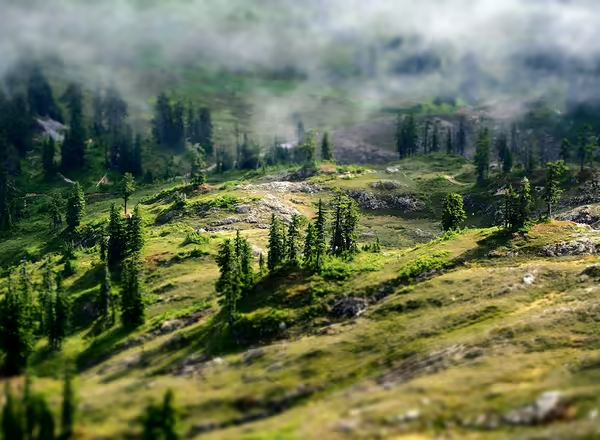
Earth is estimated to be 4.6 billion years old. This is a very, very long time! Scientists have divided earth’s geologic and biologic history into four time eras. These are called the Precambrian, Paleozoic, Mesozoic, and Cenozoic. These are divided into smaller time frames, based on evidence of what was happening then. The closer we are to present time, scientists can divide time into smaller pieces, because they have more evidence of what was going on.
For almost one half of earth’s history, there is little or no evidence of any type of life on earth. The oldest rocks are around 3.8 billion years old, and the oldest fossils are around 3.5 billion years old.
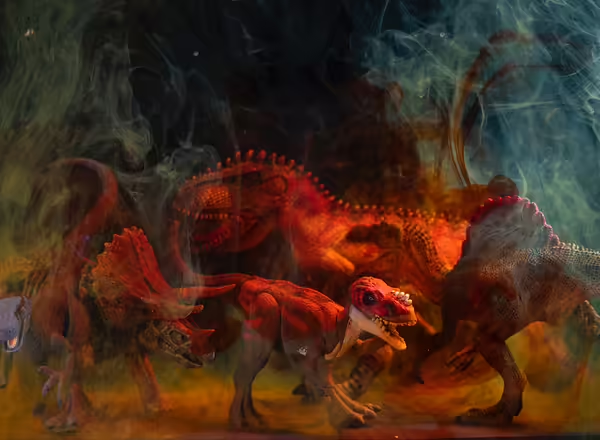
Since then, there have been several times when there have been large extinctions of animals and other forms of life. For the most part, earth has undergone long periods where there is very slow, endless change, mixed together with shorter periods of catastrophic, rapid change. Species that survived and adapted to rapid changes became dominant.
Explore the Stages of Animal Life on Earth
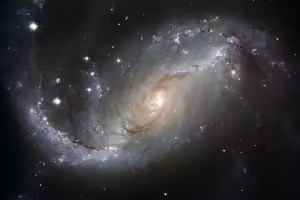
It took the earth almost a billion years to become favorable for any type of life. Even then, the earth was nothing like it is today.

After that first ice age, life started to rebound. What is now Europe and North America were combined, and both were at or near the equator.
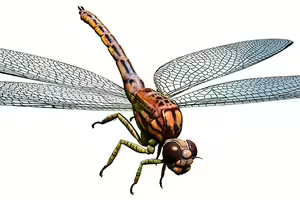
Evidence of huge insects and other animals have been found to have been around 300 million years ago. Dragonflies with wing spans of over 2 feet were present!
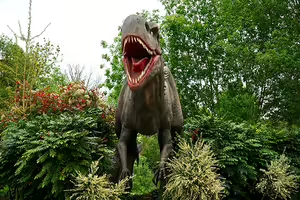
Many types of dinosaurs roamed the earth from about 225 to about 65 million years ago. Different species of dinosaurs flourished then went extinct.
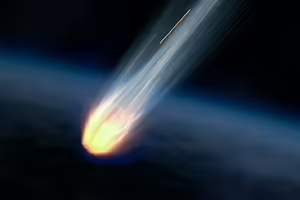
There have been several periods in earth’s history that large numbers of life forms died out. No one knows for sure what caused these extinctions.
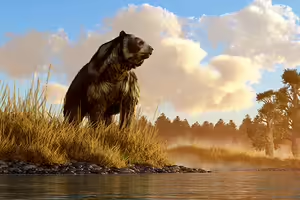
Beginning about 65 million years ago, mammals started to become more plentiful. At first, these creatures were small, mostly insect eating creatures.
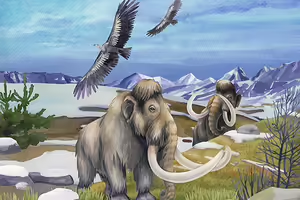
Large mammals like mammoths and mastodons roamed the earth 15,000 years ago. Large cats, called sabre toothed tigers, were also present.
Explore Frosty Animal Life on Earth
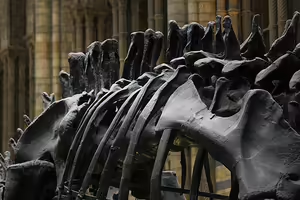
Were dinosaurs in Illinois? Scientists think there might have been, but no fossil remains have been found.
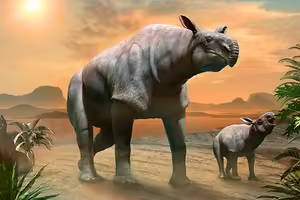
Mammals, reptiles, amphibians, and birds inhabit just about all land masses. When you examine some of these, however, you can see remnants of their ancient ancestors.